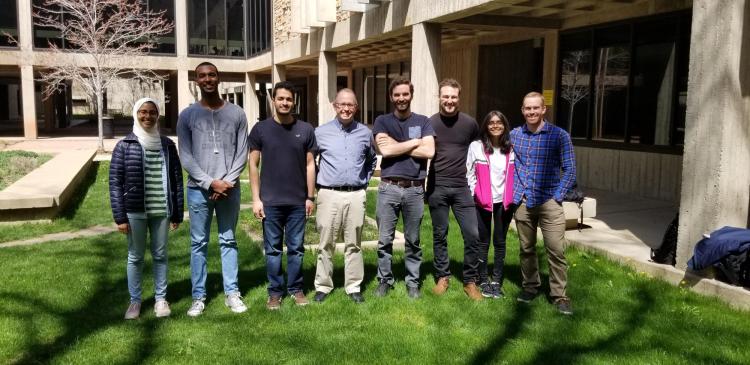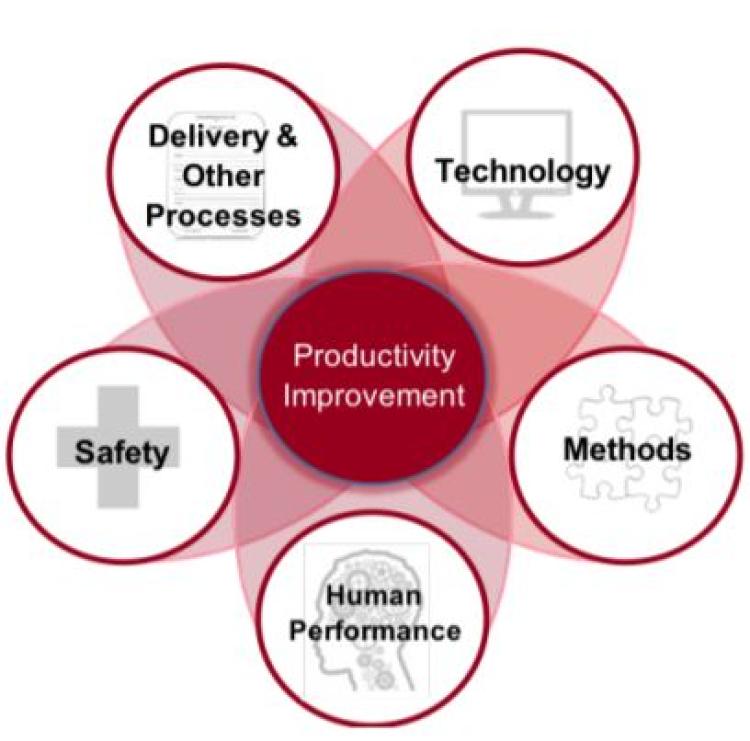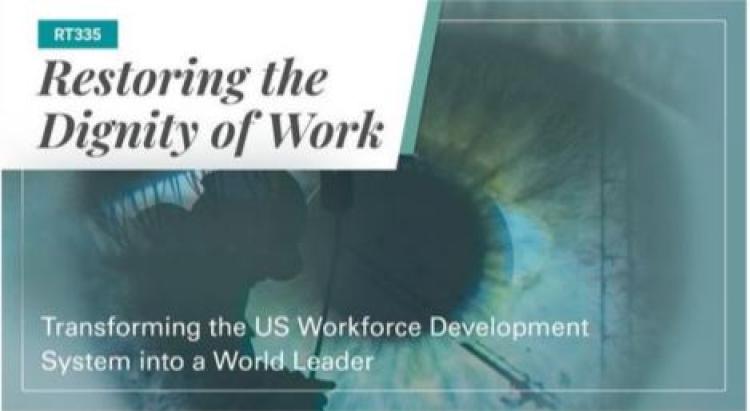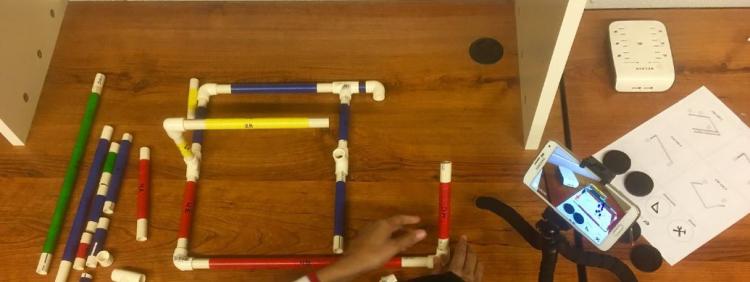Research
My research focuses at the intersection of construction productivity, workforce strategies, and visualization. The central focus of my research has traditionally been construction productivity, but it has evolved over time to explore workforce strategies to ensure that future projects have enough qualified craft professionals on their jobs and more recently how advanced visualizations improve the productivity and quality of work for craft professionals. My research has been funded by a combination of federal, state, and industry agencies, including the National Institute of Standards and Technology, the National Cooperative Highway Research Program, Federal Highway Administration, Colorado Department of Transportation, the Kentucky Transportation Cabinet, the Construction Industry Institute, the Electrical Contracting Foundation, the National Center for Construction Education and Research, the American Society of Safety Engineers, and the Center to Protect Workers’ Rights.

Research Group, Spring 2019. Pictured Left to Right: Sara Al-Haddad, Mussie Gebremedhin, Ahmad Alquraini, Paul Goodrum, Guillermo Nevett, Matt Sears, Jialdhi Mathukiya, and Bradley Abell.
Below is a summary of my work sorted by the themes of Productivity, Workforce Availability, and Visualization. The below summaries are by no means exhaustive of some of the great work done by my research group and past students. More information on my research efforts is available through my CV on my homepage.
Productivity
Recently, I lead an effort funded by the Construction Industry Institute to develop a research roadmap that if implemented would develop the knowledge and practices to double productivity of the industrial downstream and chemical construction sector. This is a bold challenge that potentially requires significant investment considering that the total annual volume of new construction in the U.S. industrial construction sector is approximately $66 billion, which is 10% of the overall annual volume of the entire U.S. construction industry. With this in mind, the research team developed a research roadmap that explores topics related to advanced technologies, new construction methods, human performance, lessons learned from construction safety, and project deliver. More details about the study’s recommendations and the research roadmap can be found at www.construction-institute.org.

Workforce Strategies
At the crossroads of future innovations and a robust future society lies the nation’s construction industry, where everything starts. Ideas are evolved into designs that are transformed into a physical reality. All the promises of infrastructure renewal and the growth of our economy assumes that construction has a viable and qualified workforce. Even with dramatic increases in infrastructure funding and stronger development of innovations, we as a nation no longer have the skilled construction workforce necessary to build the physical and technical infrastructure required for future generations. Over the past three decades, we have seen a shortage of skilled construction craft professionals emerge The skills shortage has worsened to the point that it is not only hard to find qualified craft professionals, but the shortage is affecting projects’ schedules, costs, and safety. Recently related papers describing these impacts can be found here and here and here. A related presentation to this research can be found here.
Recently, I lead an effort funded by the National Center for Construction Education and Research, the Construction Industry Institute, Ironworkers/IMPACT, and the Construction Users Roundtable to explore the challenges and suggested changes to the U.S. workforce development system as it relates to the construction industry. More details about the studies’ impact and recommendations can be found here.

Current Workforce Related Research: I am currently a co-PI with Dr. Timothy Taylor at the University of Kentucky on a new project sponsored by the Construction Industry Institute on a project to examine craft skills required for the 2030 construction workforce. More information about the project can be found at:https://www.construction-institute.org/groups/research-teams/rt-370
Visualization
The ability to understand complex spatial information is partly influence by the format of information and individual spatial cognition. Through a series of empirical studies, my research team conducted a series of field trials with craft workers throughout the U.S. and Canada that involved each individual assembling a series of pipe spools using different design formats, including 2D isometric drawings, double-sided isometric drawing that included a 3D image of the pipe spool, and a 3D print of the pipe spool. We found that individuals with lower spatial cognition performed relatively worse compared to individuals when using the 2D isometric format, but there was no different between the groups when using 3D information. More details about these findings can be found on the ASCE Library, Science Direct, and MDPI Journal. We are continuing these efforts by attempting to improve the future of construction work by gaining a deeper understanding of how the level of detail and origin of design information impacts the work performance of construction workers. This will support a more thoughtful approach to the adaptation and implementation of emerging technologies, including augmented reality, to support construction workers as they translate abstractions of a facility (i.e. design) into a tangible asset. More information about these any my other research in visualization can be found on the Imaging Science IRT page.

Current Workforce Related Research: I am currently on Principal Investigator on a new project sponsored by the National Science Foundation on Improving Construction Work Performance through Human-Centered Augmented Reality. A growing body of literature has demonstrated the exciting potential of augmented reality (AR) and artificial intelligence (AI) to transform workplaces, but most existing studies focus on office, factory, and medical workers. Other investigators include Matthew Hallowell (CEAE), Matthew Jones (Psychology and Neuroscience) and Tom Yeh (Computer Science). This project aims to explore if and how these technologies specifically improve work performance in construction. In current construction industry practice, design information is provided to construction workers through two-dimensional plans and written specifications. The research is currently developing technical prototypes that allows a user to adjust the level of details information in an augmented reality display. The prototype is providing the research team insights in how to develop more complex displays to allow users to query information for future experiments

More information about the project can be found here: https://www.nsf.gov/awardsearch/showAward?AWD_ID=1928398.

